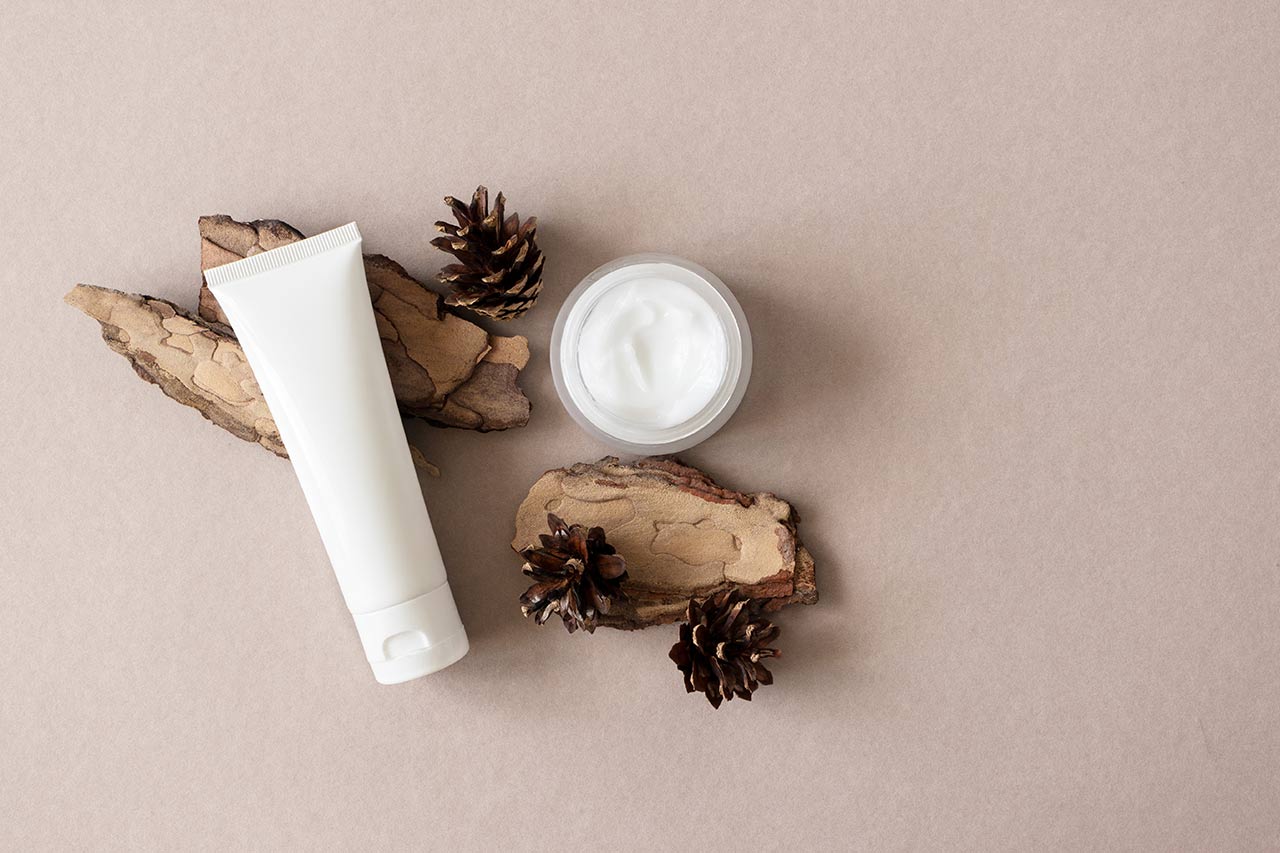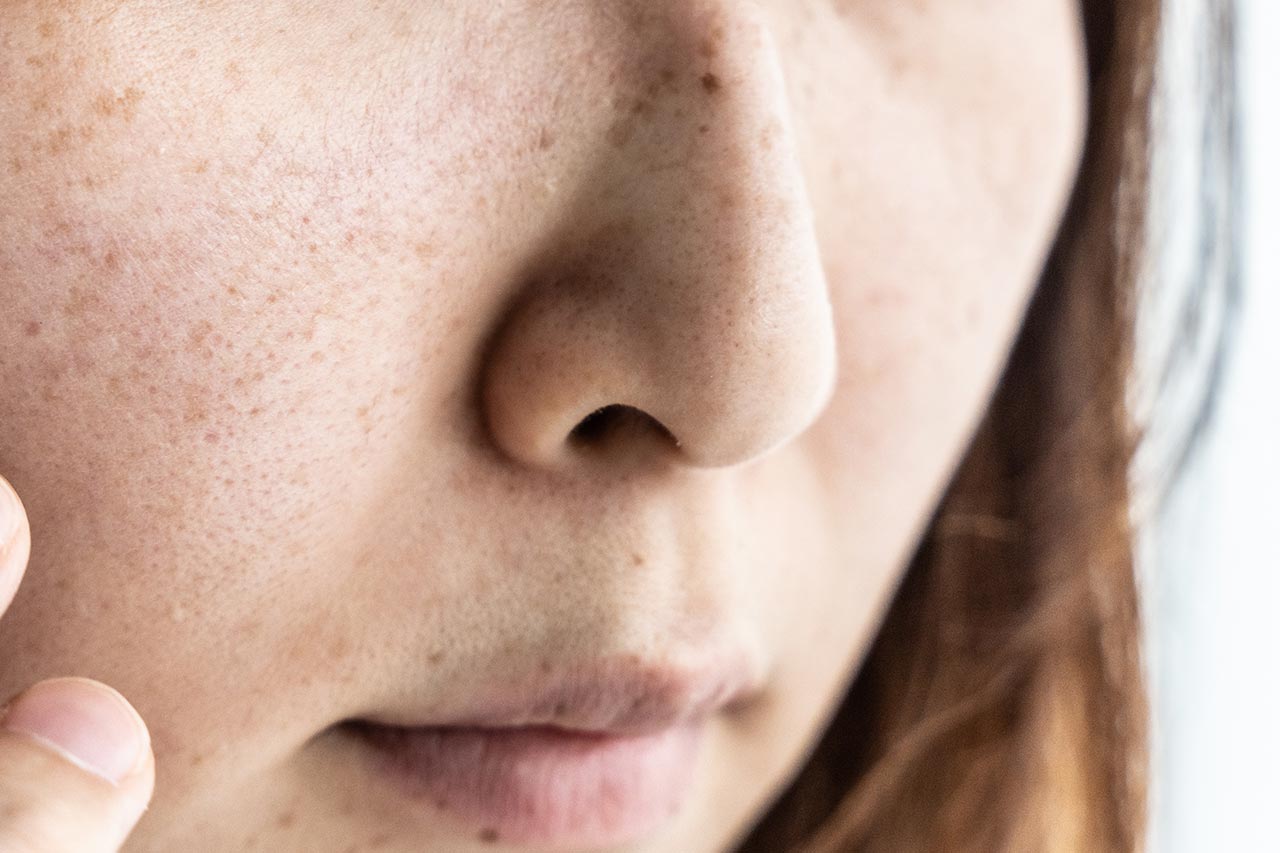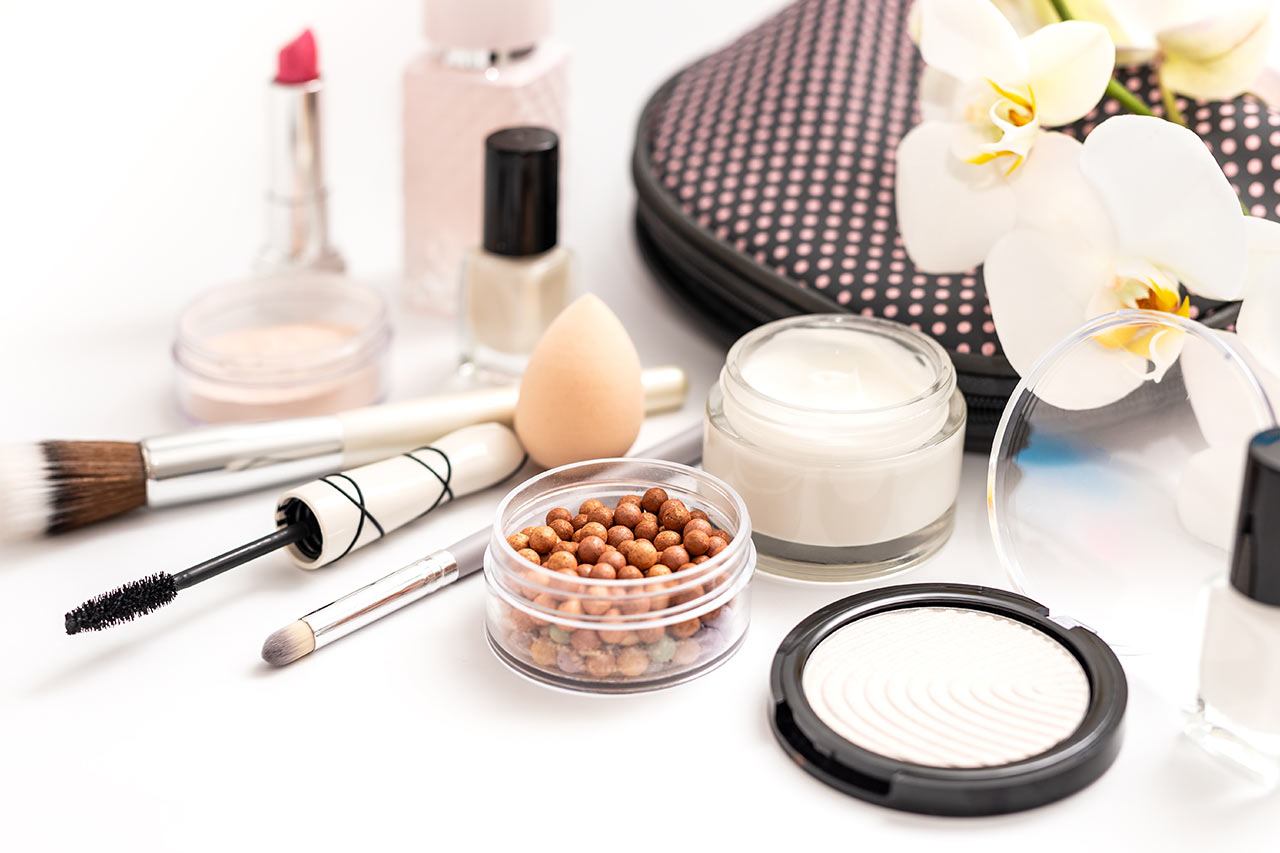Skin microbiome: a fragile balance
Our microbiome is based on a fragile balance, and its imbalance can lead to various conditions like redness, inflammation or even pathologies such as acne or dermatitis. Our skin barriers can be damaged by stress, pollution, a poor lifestyle or even by certain cosmetic products that tend to destroy them (peels, excessive cleaning, antibacterial products,…). Even frequent hand washes, or the use of hydroalcoholic gel does not help to maintain this balance. Therefore, there are more and more products on the market, which aim to preserve or rebalance our skin microbiomes. These products claim to maintain and take care of our skin over time.
Caring for our microbiome: a growing dermo-cosmetic product range on the market
The range of dermo-cosmetic products that respect our microbiome is increasing, both in the skin care category and in categories like hair care of personal hygiene.
Skincare product offerings for the microbiome
Most of these skin care products aim to rebalance our skin microbiome, as it is mentioned for anti-aging, dry skin, redness, blemishes or anti-irritations, and anti-epidermis products.
For example, Lancôme has developed an anti-aging line called “Advanced Genetic”, which aims to boost the skin’s microbiome. Other brands such as La Roche Posay and Pierre Fabre have also come up with « microbiome friendly » products – either to treat dermatoses such as acne (Effaclar Duo (+) from La Roche-Posay) or atopic dermatitis (XeraCalm A.D range from Avène and Lipikar AP+ balm from La Roche Posay).
Haircare product offerings for the microbiome
On the other hand, the microbiome is not just a skin care issue. Shampoos and other hair care products also include ingredients that are good for the microbiome. Vichy’s anti-dandruff shampoos, formulated with Selenium DS Microbiome Technology – that rebalances the capillary microbiome and fights dandruff-, or Gallinée’s Hair & Hairy Leather care line is enriched with a mix of prebiotics and postbiotics.
The other offers of cosmetic and hygiene products to help the microbiome
Finally, ingredient suppliers have also put their focus on the microbiome for personal care products. Thus, in 2019 Symrise demonstrated that its SymDeo B125 deodorant had no negative impact on the axillary microbiome. In the make-up category, there have been clinical studies testing the efficacy of a foundation on the cutaneous microbiome, via the Intertek Clinical Studies Center at the end of 2019.
3 categories of ingredients that influence the microbiome
There are 3 main categories of “microbiome friendly” ingredients commonly found in these personal care and beauty products:
- Prebiotics, that “feed” the microbiome in a potentially selective way,
- Probiotics, living microorganisms that improve the balance between good and bad bacteria. Bacteria represent one of the major challenges for the cosmetics industry – how to use live bacteria in formulations while limiting the risks of bacterial contamination. Currently, brands offer products with deactivated bacteria, bacterial fragments, or vegetable alternatives. For example, Gallinée uses heat-deactivated Lactobacilli that act as “phantom probiotics”. At Biosme, bacterial fractions are used via the fermentation of the Lactobacilli, followed by a filtration to recover ferments with antibacterial and moisturizing properties. Finally, Bio-Beauté by Nuxe created in 2015 a plant “probiotic like” complex, Organic Cranberry Extract, Specific Hyaluronic Acid, that can rebalance the skin flora without using probiotics strictly speaking.
There are still technical challenges that remain when using live bacteria formulations, the micro-encapsulation of these active ingredients, product refrigeration, the use of alternatives to the actions of specific bacteria or dehydration of the product to optimize its stability.
- Post-biotics are metabolic by-products of probiotics and provide transverse functions such as immunity. These post-biotics can be of natural or biotechnological origin. For example, the ingredient I-modulia is a biotechnological active ingredient derived from the Aquaphilus dolomiae bacterium present in Avène Thermal Spring Water, which stimulates the synthesis of antimicrobial peptides and balances the microbial flora of atopic skins.
The skin microbiome is specific to each person, like a fingerprint, and evolves according to one’s age, lifestyle, diet, etc. The new product offers acting on the microbiome are therefore likely to play a major role in the personalization trends in order to provide a product tailored to the consumer’s lifestyle and predispositions.
About the author
Ardem, Project Manager in Alcimed’s Cosmetics team in France



